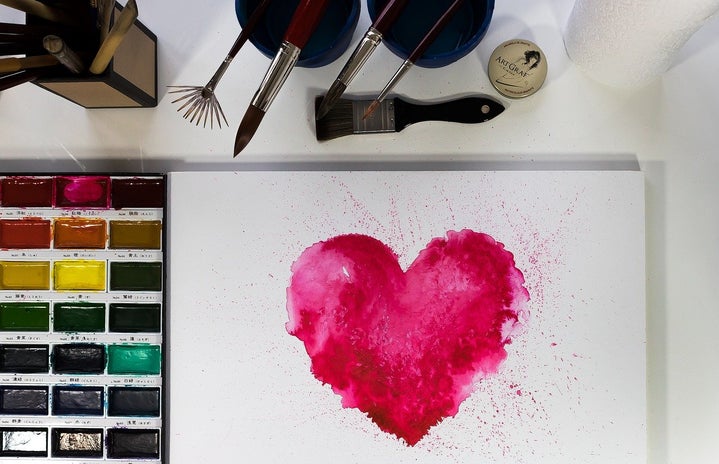Valentine’s Day has just passed, and it filled our hearts were warm with love and friendship. But February is also American Heart Month, and it’s the perfect time to learn more about this essential organ keeping us alive. Here are ten heart facts that everyone should know.
- Kids have the fastest beating hearts.
-
An adult’s heart may be able to beat 100 beats per minute, but a kid’s heart rate can reach up to 220 beats per minute. You can find a way to take a child’s pulse on health.org. If you’re concerned about a child’s heart rate, make sure to check their pulse and contact your doctor if it is either too high or too low.
- Mondays and Christmas are when heart attacks happen most.
-
A Swedish study found there is a 37% higher risk of getting a heart attack around Christmas Eve. This may be linked to the anxiety and stress of the holiday season. That time of year is also known for higher consumption of sugar and salt puts our heart’s health at risk.
Mondays aren’t good for us either. Saturdays and Sundays have 50% lower rates of heart attack than Monday, and studies have shown that there is a 21% increase of arrhythmia episodes on the first day of most people’s work week.
- Want a healthy heart? Laugh!
-
As my grandma likes to say, laughter is the best medicine. It relaxes your body and releases tension. It creates a better flow of ideas, feeling, and vibrations but also blood around the body.
- A broken heart can feel like an actual heart attack.
-
All of us have felt the pain that comes from heartbreak. Especially in this month, where love is in the air and emotions are particularly intense. Science has shown that the stress of a heartbreak causes physical pain similar to that of a heart attack. It’s called Broken Heart Syndrome, and it includes symptoms such as shortness of breath and chest pain.
- Death by heartbreak? Rare but possible.
-
It sounds like stuff from Romeo and Juliet love you, but one can actually die from heartbreak. It’s extremely rare but not impossible.
“What happens is that in an acutely stressful event … there is a massive rush of adrenaline, and it causes something similar to a heart attack,” Dr Stamp, an Australian cardiothoracic surgeon, stated on ABC News.
This medical condition was named “takotsubo cardiomyopathy,” and it is defined as a patient dying from an actual broken and collapsed heart.
- Rely on man’s best friend! Dog owners are at a lower risk of heart disease.
-
Doggies make you feel happy and help your health in general. They’re a good excuse to get into some outdoor activity, which does miracles for your heart and gets your blood pumping!
Here is Coco the Maltese dog to warm up your heart today:
- Heart-healthy foods can reduce your risk of heart disease.
-
Happy hearts and happy stomachs go together! Diets play a major role in our well-being, so make sure you are adding the following natural foods to your diet:
– Leafy Greens
– Whole Grains
– Berries
– Avocado
– Fish Oil
– Walnuts
– Beans
– Dark Chocolate
– Tomatoes
– Almonds
– Seeds
– Garlic
– Olive Oil
– Edamame
– Green Tea
To read more about these nutritious foods, go to healthline.com!
- Hearts are very, very hard workers.
-
The heart is surrounded by the cardiac muscle, the strongest in our body. It beats up to 100,000 times a day. It never stops pumping! So, to take care of all the other muscles in your body, you always have to think about giving the most important one of them all some love and caring.
- Synchronized swimming? More like synchronized beatings!
-
At CU Boulder, it was recently suggested that when in pain, holding your partner’s hand creates a synchronization between heartbeats and breathing.
“The more empathic the partner and the stronger the analgesic effect, the higher the synchronization between the two when they are touching,” said lead author Pavel Goldstein, a postdoctoral pain researcher in the Cognitive and Affective Neuroscience Lab at CU Boulder.
Research also shows that when you’re with a friend or loved one, your brains and cardiorespiratory systems can sync and mirror each other.
- The ring finger used to be thought to be connected to the heart.
-
The story behind the ring finger comes from the Romans, who believed that the fourth finger on our left hand was the only one that connected directly through the heart. This was called the “vena amoris” or vein of love. Connecting both hearts through rings signified the strength of the union.
Our hearts are precious and vital to our bodies. Make sure to take care of it, and get its health checked out. Happy Heart Month!


